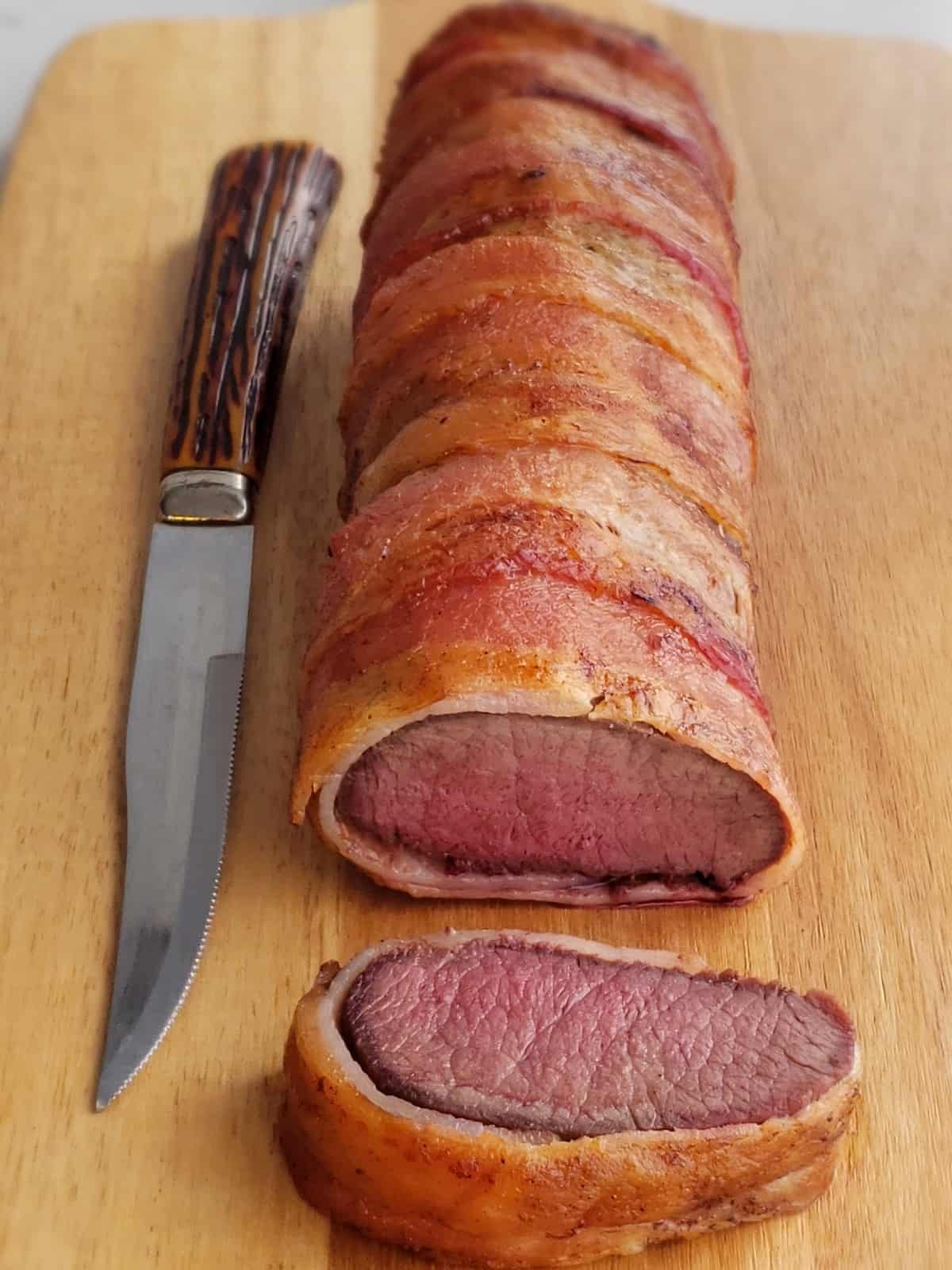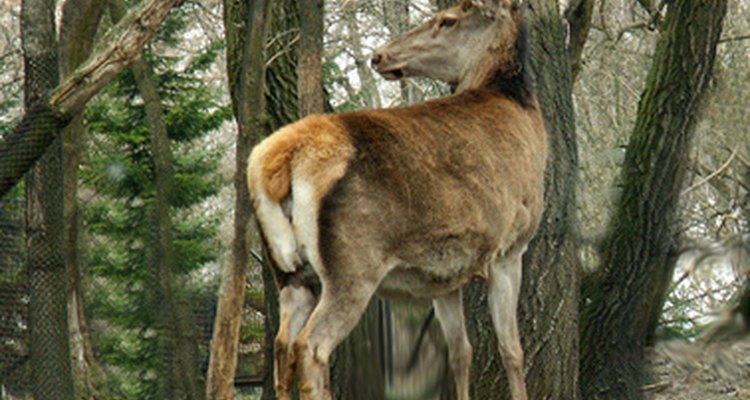As an avid hunter, I’ve had the privilege of enjoying countless feasts featuring succulent, mouthwatering deer tenderloin. It’s a prized delicacy known for its tender texture and rich, gamey flavor. If you’re looking to elevate your culinary skills and embark on a gastronomic adventure, I’ll guide you through the art of preparing an oven-roasted deer tenderloin that will tantalize your taste buds.

Image: gritsandgouda.com
Mastering the Technique of Oven Roasting
Roasting is a classic cooking method that allows the tenderloin’s natural juices to circulate and caramelize, resulting in a juicy and flavorful experience. To ensure optimal tenderness and a perfect doneness, we’ll employ a combination of searing and low-temperature roasting. This technique will create a crispy exterior while maintaining a delicate and succulent interior. Let’s dive into the specifics:
Step 1: Preparation and Seasoning
Lay out your precious deer tenderloin on a cutting board and, using a sharp knife, trim off any excess fat or silver skin. Season it generously with salt and freshly ground black pepper, massaging it into the meat. This will enhance its flavor and create a savory crust.
Step 2: Searing for a Golden Crust
In a large skillet over high heat, add a drizzle of olive oil. Gently place the tenderloin in the skillet and sear it on all sides. This step is crucial for developing a delicious crust and locking in moisture. Once a golden-brown sear is achieved, remove the tenderloin from the skillet and set it aside.

Image: www.ehow.co.uk
Step 3: Low-Temperature Roasting for Tenderness
Preheat your oven to 325°F (163°C). Season the tenderloin with additional herbs and spices of your choice, such as crushed garlic, fresh thyme, or rosemary. Place it on a baking sheet lined with parchment paper and roast for 15-25 minutes, or until it reaches your desired internal temperature. Use a meat thermometer to monitor the temperature: 125°F (52°C) for rare, 130°F (54°C) for medium-rare, and 135°F (57°C) for medium.
Step 4: Resting for Perfection
Once the tenderloin is cooked, remove it from the oven and let it rest for at least 10 minutes before carving. This will allow the juices to redistribute, resulting in an incredibly juicy and tender dish.
Expert Tips for Culinary Excellence
To elevate your deer tenderloin experience to new heights, consider these expert tips and insights:
- Marinate for Added Flavor: Enhance the tenderness and flavor of your tenderloin by marinating it in a flavorful mixture of your choice. Marinate for at least 2 hours, or up to overnight, to allow the flavors to penetrate deep into the meat.
- Use a Cast-Iron Skillet: Cast-iron skillets retain heat exceptionally well, ensuring an even sear and a crispy exterior for your tenderloin.
- Don’t Overcook: Overcooking is the enemy of tenderness. Use a meat thermometer to monitor the internal temperature and remove the tenderloin from the oven when it reaches the desired doneness.
Frequently Asked Questions about Deer Tenderloin
- What is the best way to tenderize deer tenderloin? Marinating, searing, and low-temperature roasting are excellent methods for tenderizing deer tenderloin.
- Can I substitute other cuts of venison for deer tenderloin in this recipe? Yes, other cuts of venison, such as top sirloin or backstrap, can be used, but they may require longer cooking times.
How To Cook Deer Tenderloin In Oven
Conclusion
Mastering the art of preparing deer tenderloin in the oven is a culinary adventure that will reward you with an extraordinary dish. By following the steps outlined in this guide, incorporating expert tips, and embracing the unique flavors of venison, you’ll unlock a new level of culinary expertise. Your taste buds will thank you for this delectable journey.
Let your passion for cooking and your love for the outdoors converge as you embark on this culinary endeavor. I encourage you to experiment, explore your culinary creativity, and share your own tips and experiences in the comments below. Together, we can elevate the art of deer tenderloin cooking and savor the flavors of the wild.